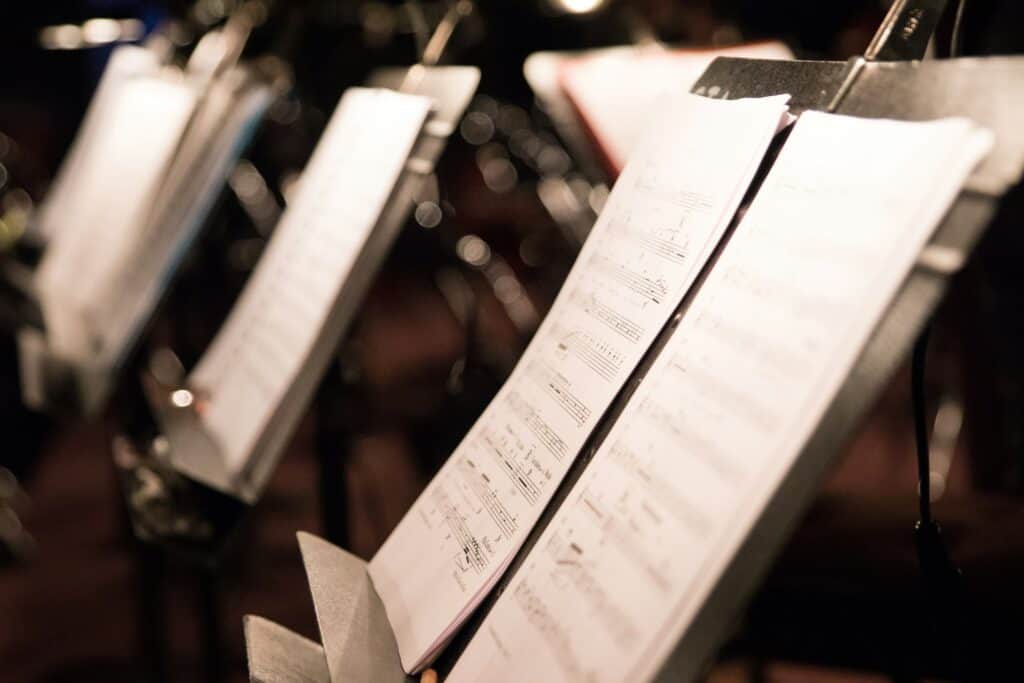
Johann Pachelbel’s Canon in D is one of the most recognizable and enduring pieces of classical music in existence, and its presence in countless events, movies, and commercials has cemented its place in popular culture. Its widespread appeal can be traced to a combination of musical, emotional, and practical factors that make it a go-to piece for a variety of occasions.
At the heart of Canon in D’s popularity is its melodic simplicity and pleasing harmony. The piece is built around a repeating bass line, which is followed by layers of interwoven melodies that gradually build in complexity. This structure creates a sense of progression while maintaining a calming, almost hypnotic effect. The repetitive nature of the music makes it easy for listeners to become familiar with, and the overall tonality is smooth and accessible, evoking feelings of tranquility and joy.
Another reason Canon in D has found its way into so many ceremonies, such as weddings, graduations, and other formal events, is its emotional versatility. The piece has a timeless, celebratory feel that can be both elegant and uplifting. Its gentle, yet steady, rhythm makes it a perfect background for significant moments in life, whether it’s a joyous occasion like a wedding or a reflective one like a graduation. The music’s familiarity also plays a role in its emotional impact—it’s something people have heard repeatedly, so it tends to evoke a sense of nostalgia and comfort.
The canonical structure of the piece, where the same melody is repeated at different intervals by different voices, gives Canon in D a rich, layered texture without overwhelming the listener. The gradual entry of each voice creates a sense of unity and cohesion, as if the music is unfolding in an organic, natural way. This sense of balance and harmony resonates with many listeners, contributing to the piece’s universal appeal.
Canon in D also benefits from its extensive use in popular media. It has been featured in movies, television shows, commercials, and even pop music, reinforcing its cultural significance. Its frequent use in these contexts makes it not just a piece of classical music, but a familiar part of modern life. Whether it’s providing a soundtrack to a romantic moment in a film or setting the tone for a celebratory event, Canon in D is a piece that people associate with positive, memorable experiences.
In addition to its emotional and musical appeal, Canon in D has practical advantages that contribute to its ubiquity. As a composition from the late 17th century, it is in the public domain, meaning that anyone can perform or arrange it without needing to pay royalties. This makes it a cost-effective choice for musicians, event planners, and filmmakers who are looking for a piece that is both well-known and free to use.
Finally, the adaptability of Canon in D has played a major role in its continued relevance. The piece has been arranged for a wide variety of ensembles, from string quartets and orchestras to modern instruments like electric guitars and synthesizers. Its simple yet powerful structure allows it to be easily transcribed for different formats, making it suitable for both traditional and contemporary settings.
Taken together, these factors explain why Pachelbel’s Canon in D is found everywhere, from weddings to movie soundtracks, and why it continues to resonate with audiences across generations. It is a piece that is both timeless and universal, able to evoke powerful emotions while maintaining a sense of elegance and simplicity.